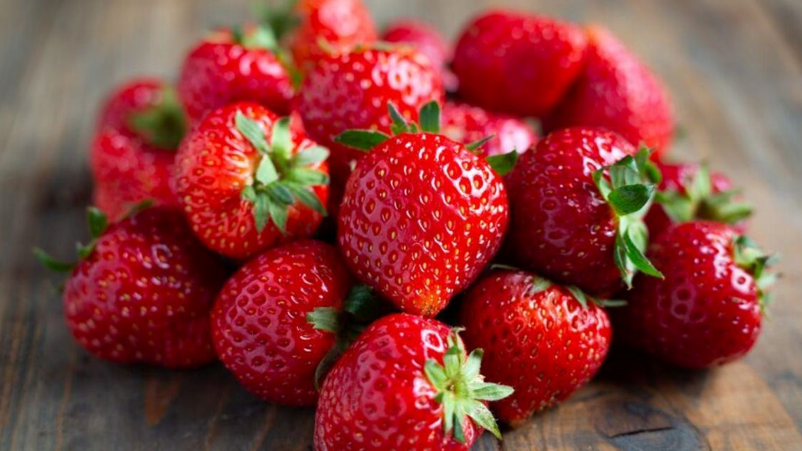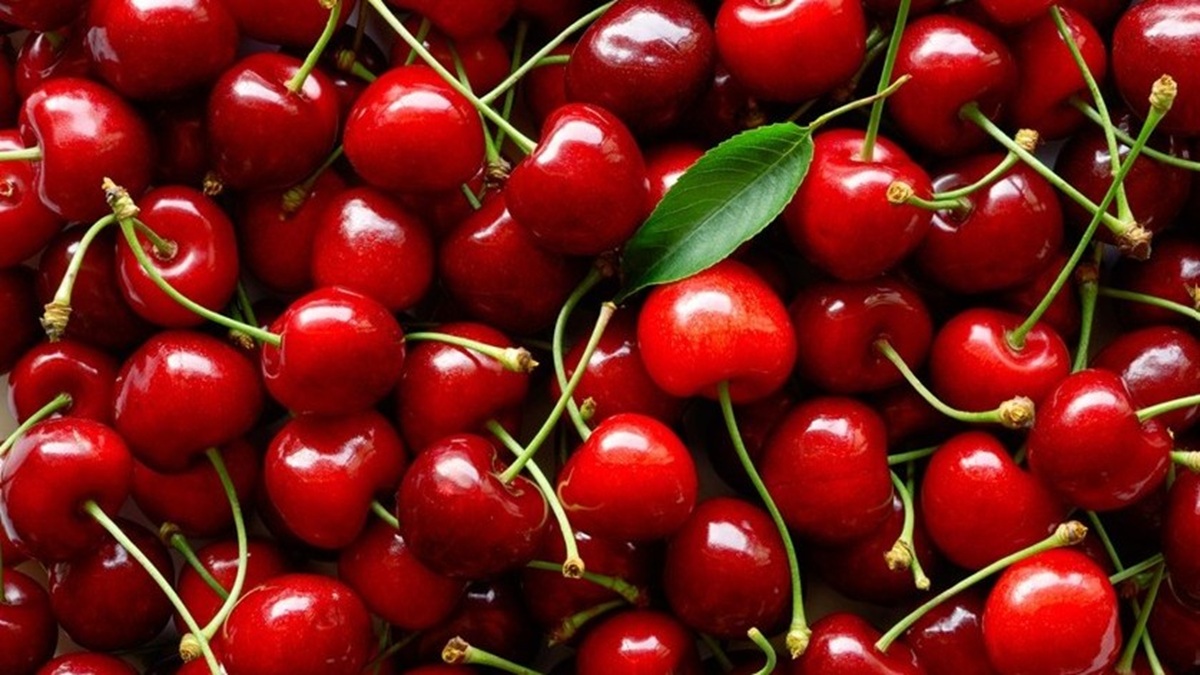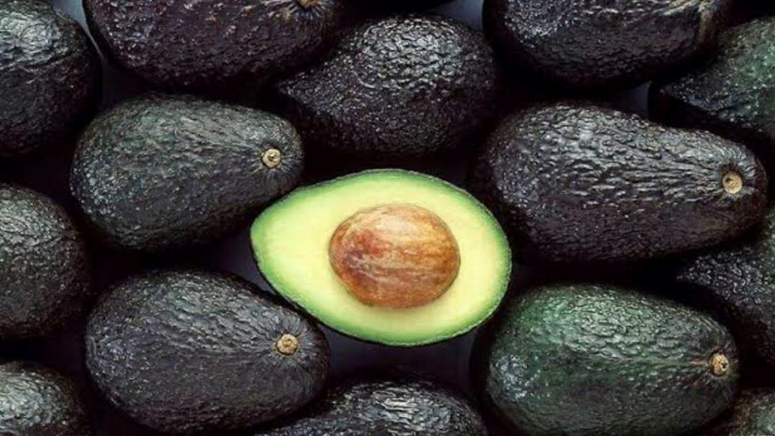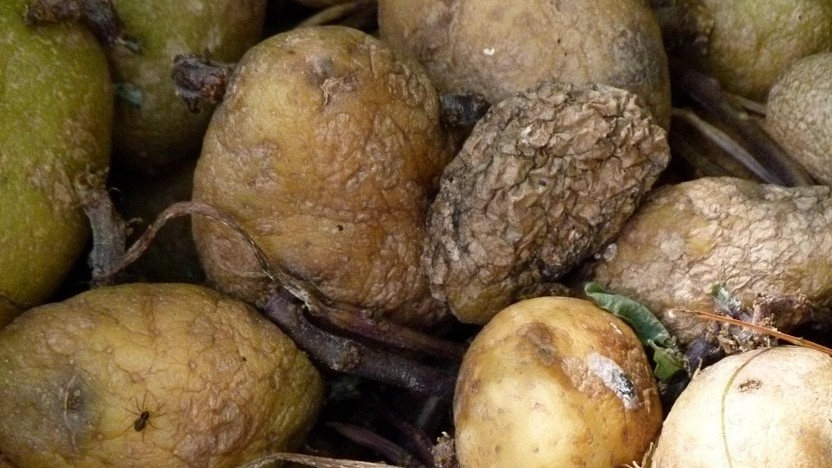Actualidad
Abscisic acid, a regulator of key characteristics in strawberry pre and postharvest
Influence of abscisic acid treatment on drought resilience, phenolic content, color development, and expression of pigment-related genes in strawberries during pre and postharvest phases

Strawberries (Fragaria × ananassa, Rosaceae family) enjoy worldwide popularity, but challenges in achieving vibrant red coloration can impact product quality and economic returns.
A current study focused on exploring the intricate relationship between color development and nutritional compounds influenced by two key ripening hormones: abscisic acid (ABA) and auxin (Aux).
Color development
Comparative analyses showed that ABA treatment significantly enhances red coloration during pre- and post-harvest stages. In contrast, auxin treatment has a minimal impact on color changes.
The accumulation of anthocyanins was also found to be significantly influenced by ABA. This hormone plays a crucial role in altering the transcriptional profiles of genes associated with flavonoid pigment biosynthesis, with the FaANS gene showing the most pronounced expression.
Relationship of color with other key parameters
Beyond color enhancement, interesting correlations were discovered between color and essential physiological properties, including soluble solids content, titratable acidity, and fruit weight.
These characteristics underscore the fundamental role of color as an indicator of quality, providing valuable information for producers aiming to optimize strawberry quality.
It is important to note that these findings have broader implications for future breeding programs.
ABA enhances stress resistance and nutritional compound content
On the other hand, in cases of water deficits, ABA application proves beneficial. This compound, naturally produced by plants under water stress, enhances the synthesis of phenolic compounds and anthocyanins, improving antioxidant capacity and aiding plant adaptation.
Encapsulation of ABA in a controlled-release form has emerged as a highly effective application method. This innovation supported strawberry production with a 50% reduction in irrigation, preserving nutritional and physiological parameters such as size, weight, and color.
Increased volatile esters and reduced lipid peroxidation, modulation of antioxidant enzymatic activity, and higher proline content in strawberries were also observed.
The knowledge gained from this research will improve breeding strategies for obtaining strawberries that are more beneficial to consumers.
References
Palma, C. P., Sáez, S., Ramos, P., & Quintana, L. M. (2024). Impact of Hormone Treatments on Phenolic Content, Color Development, and Pigment-Related Gene Expression in Strawberries during Pre- and Postharvest Phases. Spanish Society of Horticultural Sciences. Jornadas 2024. Cartagena, March 20-22, 2024.
Castro, R. I., Bustos, D., Palma, C. P., Ramos, P., & Quintana, L. M. (2024). Enhancing Crop Resilience: Innovations in Abscisic Acid Application for Sustainable Agriculture Under Climatic Change Conditions. Spanish Society of Horticultural Sciences. Jornadas 2024. Cartagena, March 20-22, 2024.
Image
Link to Image Accessed on August 26, 2024.













